Kootenay National Park: 1st Time Visitor Guide
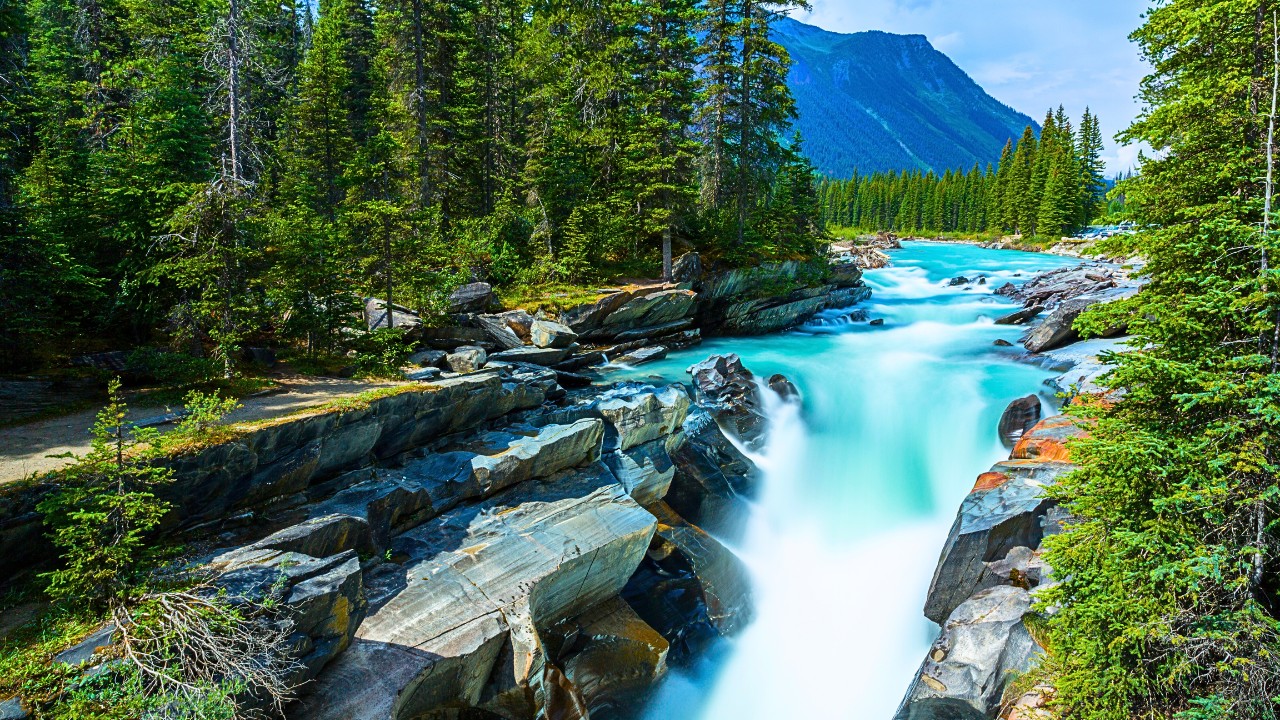
Kootenay National Park is one of British Columbia’s most underrated treasures. Located between towering peaks and deep canyons, this park blends iconic Canadian Rockies scenery with geothermal wonders and hidden trails fewer travelers explore. Whether you’re road-tripping through Banff, craving a less-crowded park, or just seeking a peaceful slice of alpine beauty, Kootenay delivers with a mix of hiking, hot springs, and wildlife, making it an awesome add on stop to make if you’re exploring the Canadian Rockies.
Overview
Kootenay National Park is located in southeastern British Columbia and spans over 1,400 square kilometers. It offers a stunning variety of terrain, from icy rivers and dry canyons to turquoise lakes and forests scorched by wildfires that have since regrown. This park is is ideal for both relaxing and adventuring.
Photos
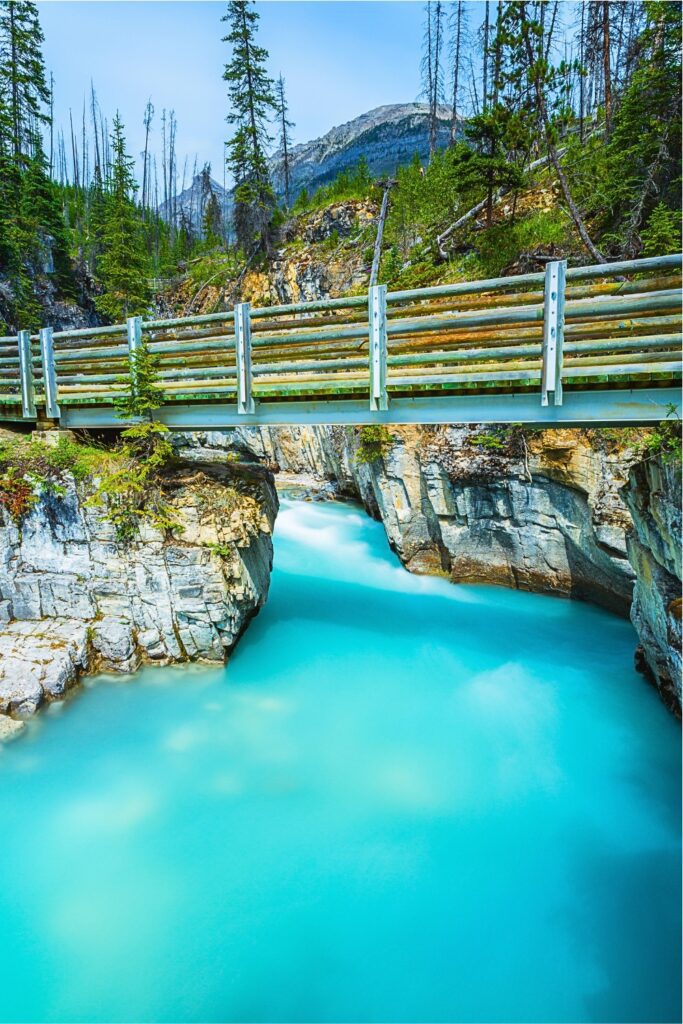

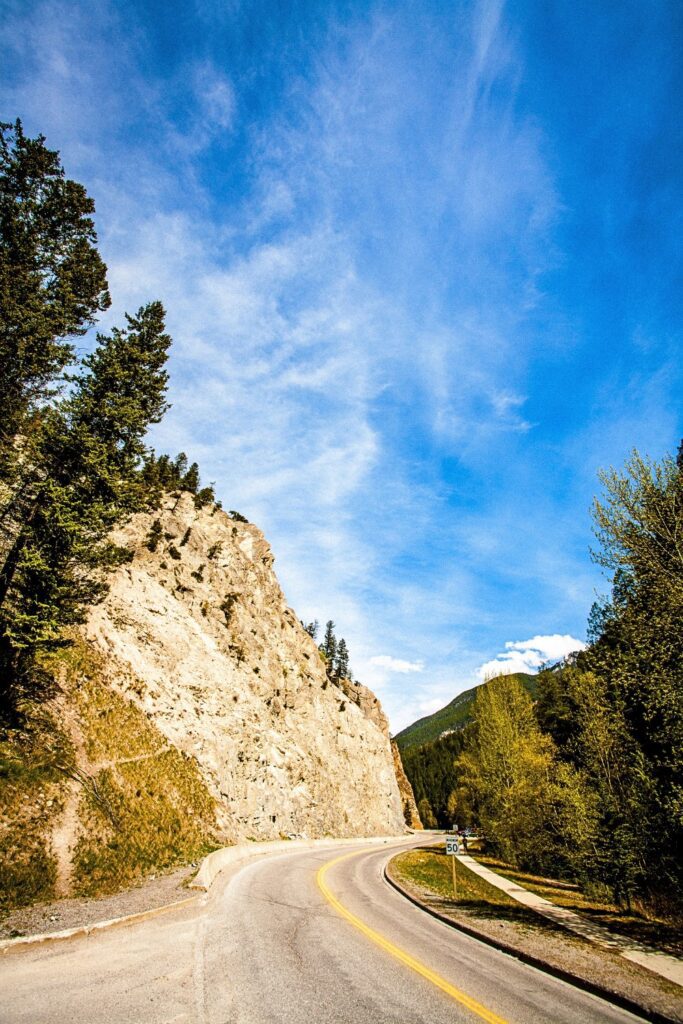
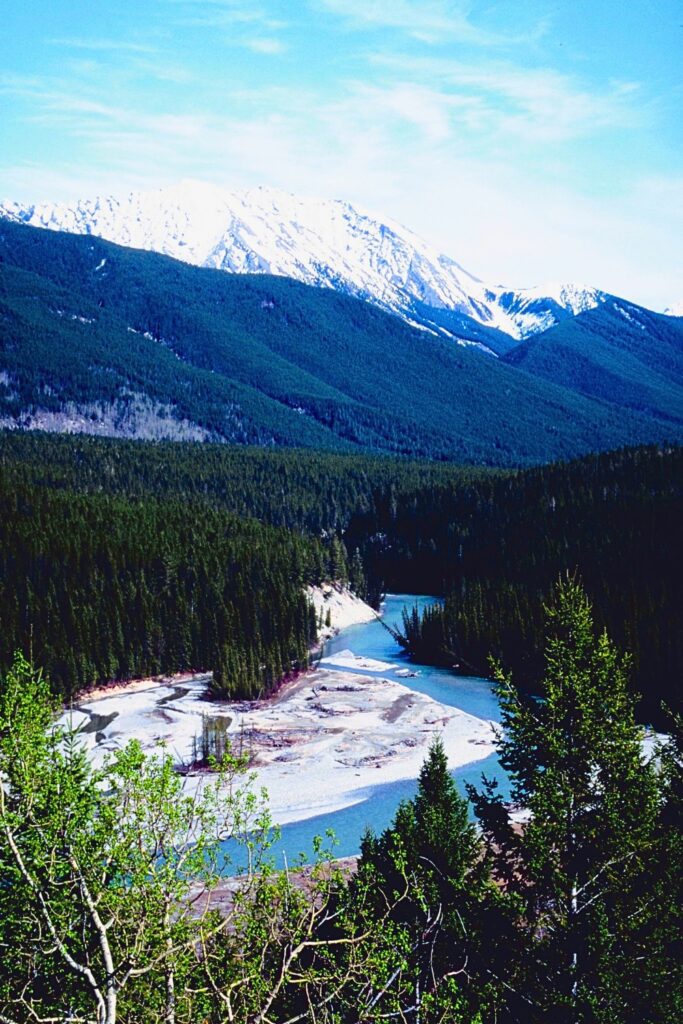
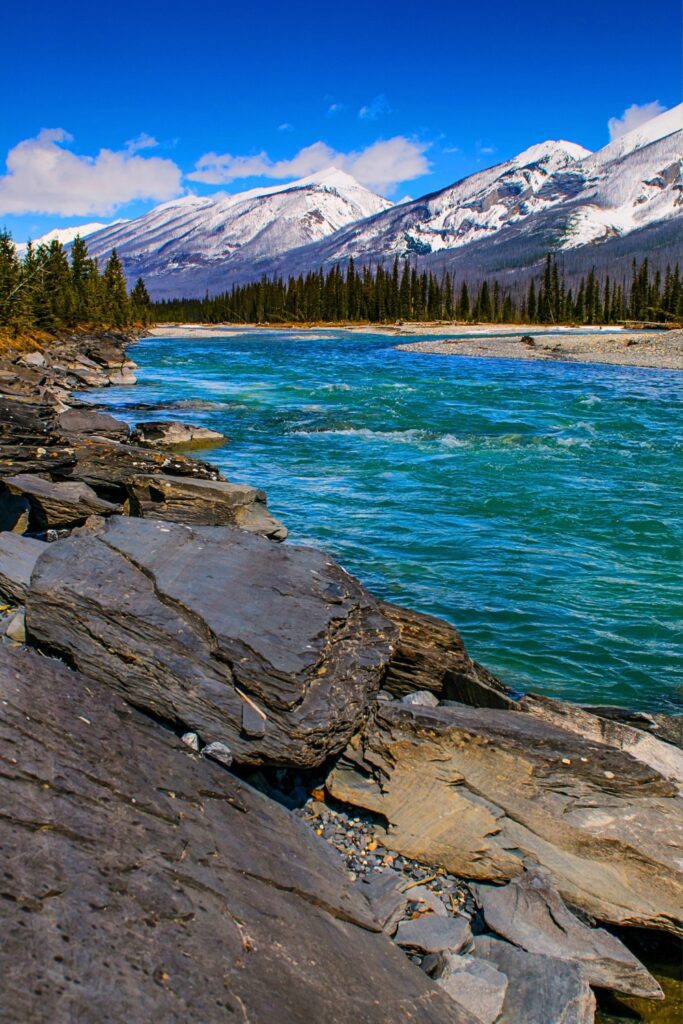
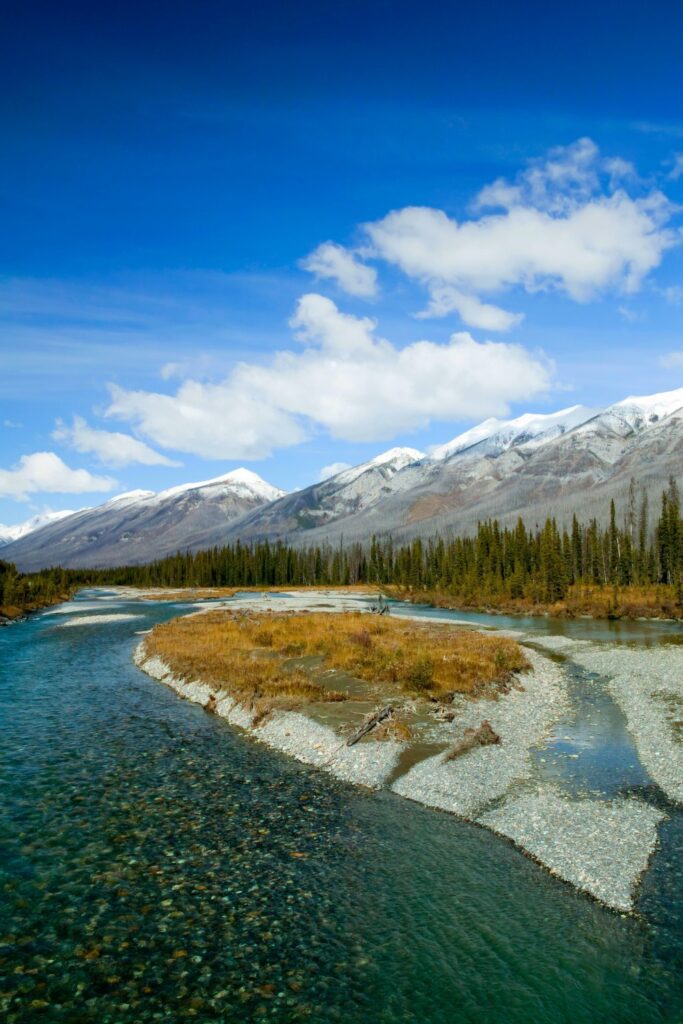
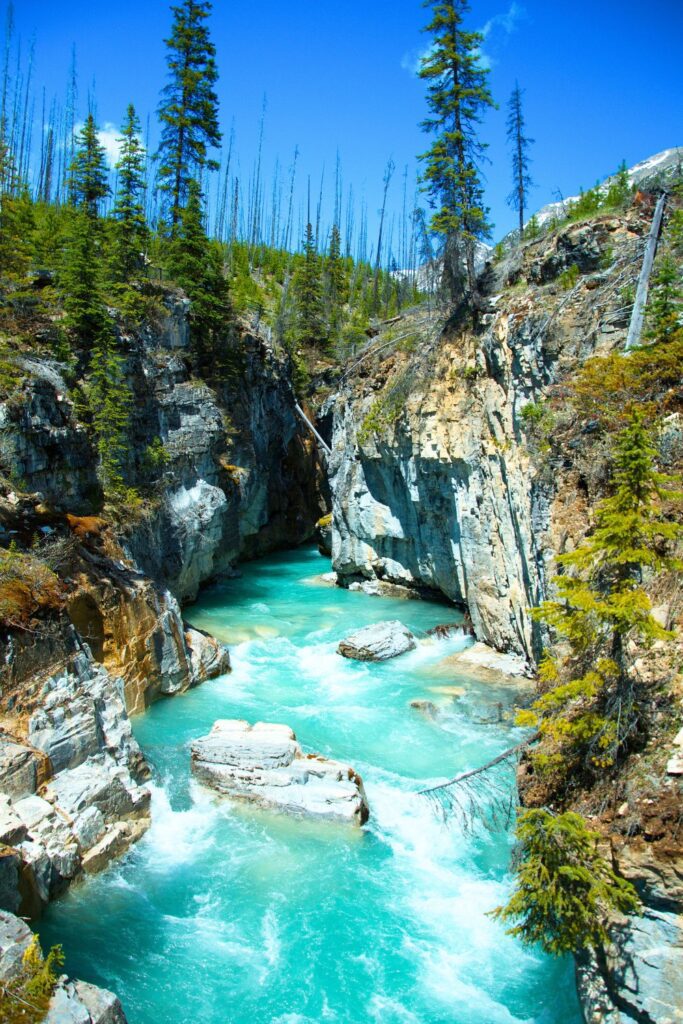
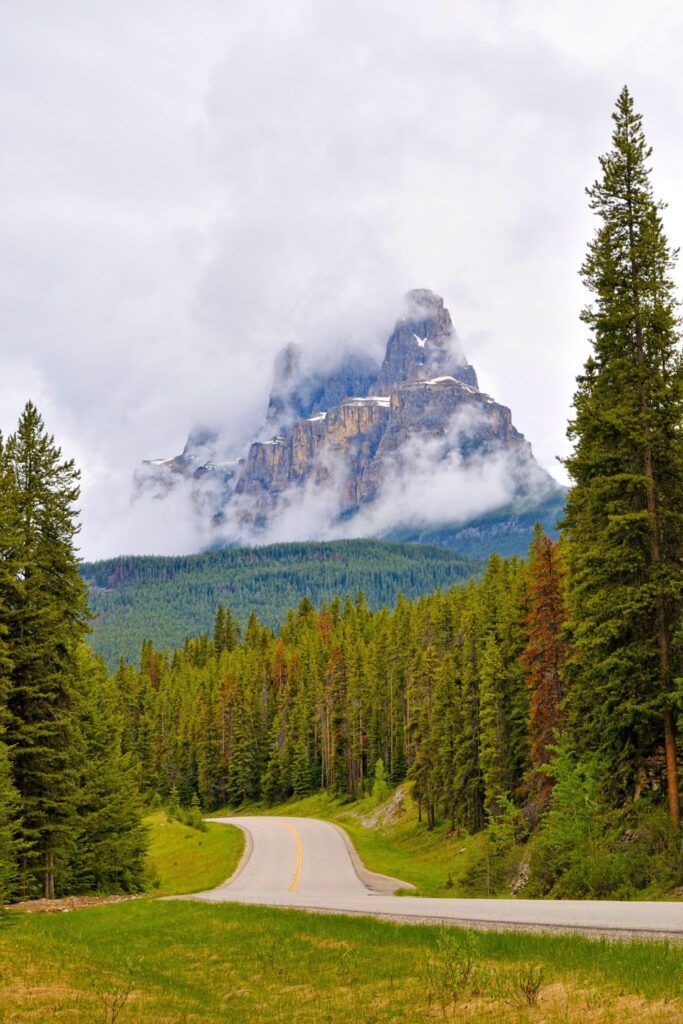
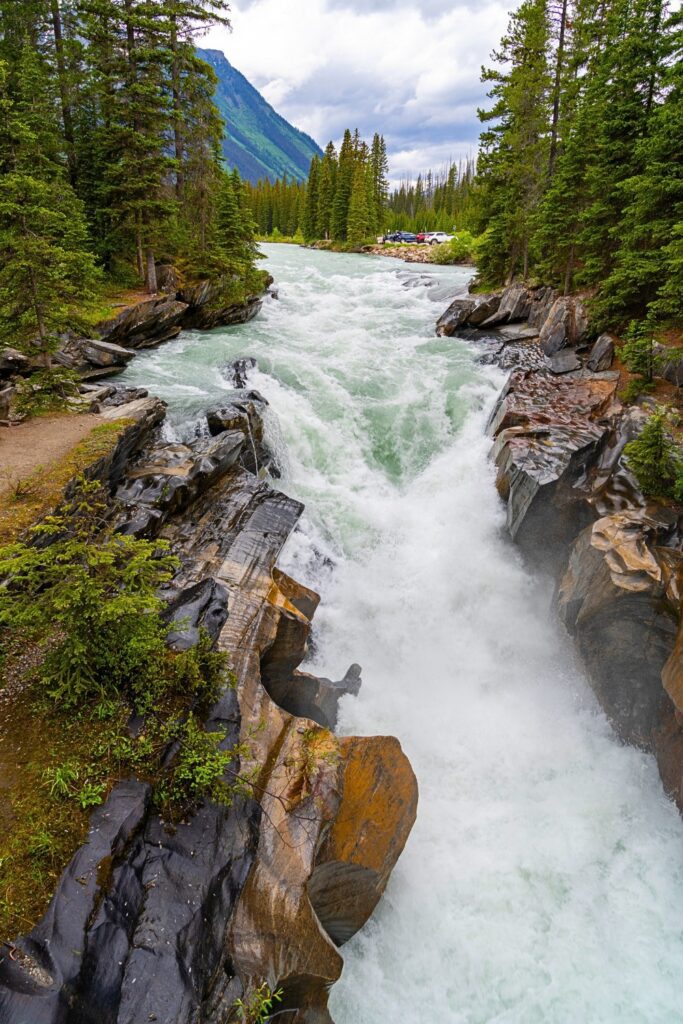
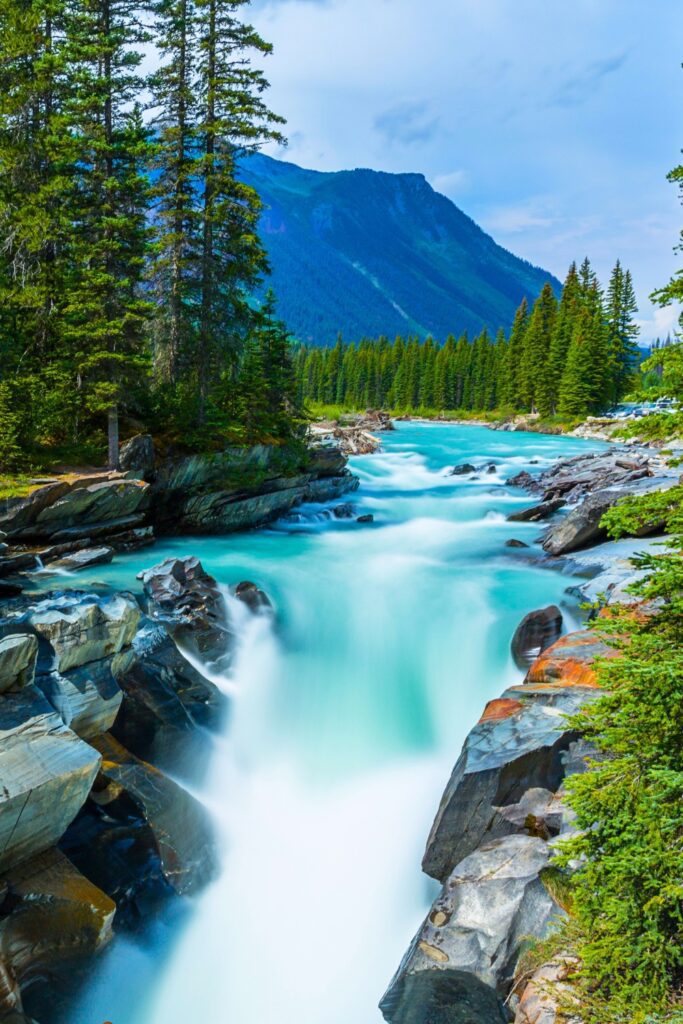
How to Get There
- By Car: The park is accessible via Highway 93 (the Banff–Windermere Highway), which runs right through the park. It’s a scenic 1-hour drive from Banff or about 2 hours from Calgary.
- By Air: The closest major airport is Calgary International Airport (check flight deals). From there, rent a car and head west through Banff National Park to reach Kootenay.
- Nearby Destinations: Combine your visit with nearby parks like Yoho National Park, another gem and of course Banff National Park as well as Jasper National Park for the best overall experience of the Canadian Rockies.
Best Times to Visit
- Summer (June to September): Ideal for hiking, wildlife viewing, and accessing all areas of the park. This is the most popular time to visit.
- Fall (September to October): Fewer crowds and stunning golden larches along high-elevation trails.
- Winter (November to March): Great for snowshoeing and scenic drives, though many trails may be snow-covered or inaccessible.
- Spring (April to May): Melting snow brings roaring waterfalls and lush growth, but some trails may still be muddy or closed.
10 Best Things to Do
There’s a good Tripadvisor page here on Kootenary National Park which showcases what to expect from the following list of places, but here’s an overview:
- Marble Canyon – Walk through a narrow gorge carved by water with surreal blue water below.
- Radium Hot Springs – Soak in natural mineral waters at this relaxing spa-like facility (details).
- Paint Pots – Visit these vibrant orange- and yellow-colored mineral pools created by iron oxide.
- Kootenay Valley Viewpoint – Snap panoramic views of the Mitchell and Vermilion mountain ranges.
- Olive Lake – A peaceful emerald-colored lake perfect for a picnic stop or quick photo break.
- Hike Stanley Glacier – One of the most popular trails with dramatic views of glaciers and waterfalls.
- Drive Highway 93 – One of the most scenic drives in the Rockies with frequent wildlife sightings.
- Explore the Fire-Scorched Forests – Learn how wildfire has shaped the park through regeneration.
- Wildlife Spotting – Keep an eye out for black bears, mountain goats, elk, and bighorn sheep.
- Cross-country Skiing (Winter) – Venture onto peaceful winter trails near Marble Canyon.
Best Hikes (Beginner to Advanced)
Easy:
- Paint Pots Trail (1.3 km loop): Family-friendly walk with vibrant mineral pools.
- Olive Lake Trail (0.5 km): Short but scenic forested stroll near the south park entrance.
Moderate:
- Marble Canyon Trail (1.6 km): Wooden bridges and deep gorge views.
- Dog Lake Trail (5.2 km): Follows the Kootenay River through a regenerating forest.
Challenging:
- Stanley Glacier Trail (11 km round trip): Alpine meadows, rock walls, and waterfalls.
- Kindersley-Sinclair Loop (16 km): Steep climbs and incredible views, best for experienced hikers.
5 Hidden Gems
- Hector Gorge Overlook – A quiet pull-off with a jaw-dropping view many miss.
- Unnamed Falls near Numa Creek – Less-visited waterfalls you’ll likely have all to yourself.
- Silent forest trails post-wildfire – Near Dog Lake, you’ll find haunting beauty in the burned forest areas that now burst with wildflowers in summer.
- Sunset at Olive Lake – Few people stick around in the evening, making it a peaceful spot for sunset reflection.
- Backroad paths near Vermilion Crossing – Ideal for wildlife viewing without the crowds.
1–5 Day Sample Itinerary
Day 1:
- Drive in from Banff
- Stop at Olive Lake and Kootenay Valley Viewpoint
- Soak in Radium Hot Springs
Day 2:
- Hike Marble Canyon and visit the Paint Pots
- Picnic lunch at Kootenay River
- Short hike to Dog Lake
Day 3:
- Full hike to Stanley Glacier
- Evening wildlife drive along Highway 93
Day 4:
- Explore Numa Falls or Sinclair Canyon
- Optional detour to Yoho or Lake Louise
- Overnight in Radium or Banff
Day 5:
- Scenic drive back to Calgary with stops at Vermilion Crossing and small trailheads
Packing List
If you don’t already have the following things, you can get them on my Amazon store, but these are the basics:
- Waterproof hiking shoes or boots
- Layers (temperature shifts quickly)
- Rain jacket
- Hat, sunscreen, sunglasses
- Bug spray (especially June–July)
- Refillable water bottle or hydration pack
- Bear spray and a whistle (always hike aware)
- Park map or GPS
- Swimsuit and towel (for hot springs)
Where to Stay
- Campgrounds in the Park: Redstreak Campground, and Marble Canyon Campground
- Outside the Park: Closest hotels near Kootenay National Park
Things to Know Before You Go
- Park Pass Required: You’ll need a Parks Canada pass to enter. Daily or annual Discovery Pass options available.
- Wildlife Safety: Bears are active. Carry bear spray and know how to use it.
- Cell Signal: Limited in many parts of the park, download maps in advance.
- Weather Changes Fast: Especially at higher elevations, always check conditions before hiking.
- Stay on Trails: Many areas are fragile due to post-fire regrowth and erosion.
Related
Final Thoughts
Kootenay National Park is the kind of place where fewer crowds mean deeper experiences. From its secret canyons and regenerating forests to its glacier-fed waterfalls and steaming hot springs, this park is a reminder of how diverse the Canadian Rockies truly are. Whether you’re just passing through or planning a full adventure, don’t overlook this gem on your next road trip.
